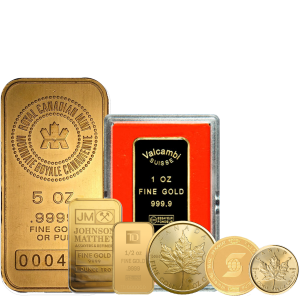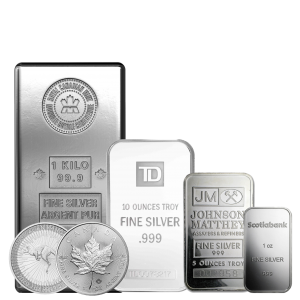

Liberty Nickel (1883 - 1913)


Image Courtesy of Professional Coin Grading Service (PCGS.com)
The Liberty Nickel or V-Nickel (1883-1913)
The Liberty Head Nickel, often known as the V-Nickel, is called for the design that appears on the reverse of the coin. Because of its one-of-a-kind look, its controversial past, and the fact that it was hard to come by in its last year, the Liberty Nickel continues to be a popular option for collectors today.
An Introduction to the Liberty Nickel
The Liberty Nickel was introduced in 1883 to replace the Shield Nickel, which had been in circulation since 1866. Charles E. Barber, the Chief Engraver of the United States, is the one who designed the new design.
- • Mint, included Lady Liberty on the front side, surrounded by 13 stars that represented the original American colonies.
- • The value of the coin was denoted by a large Roman numeral "V" (five) on the reverse of the coin, which was surrounded by a wreath.
The "No Cents" vs. "With Cents"
The 1883 Liberty Nickel was made without the word "CENTS" on the back, leading to a lot of debate among collectors and coin experts. A small group of people with questionable motives quickly noticed that the nickel looked like a $5 gold coin. After that, an effort was made to add a gold finish to the nickels to make them seem more valuable. The coins are known as "Racketeer" Nickels.
In 1883, the U.S. Mint changed its design so that the word "CENTS" was placed below the "V." This action successfully reduced cheating. Mint quickly fixed the problem by adding the words "Five Cents" to the back of the coin. The Liberty Nickel line is important for the years 1885, 1886, and 1912-S.
The change has led to finding two different versions of the 1883 Liberty Nickel: the "No Cents" and the "With Cents." Collectors want to get both types, with uncirculated ones being especially popular.
The 1913 Liberty Nickel
The 1913 Liberty Nickel is a mysterious coin in U.S. coin collecting. The U.S. Mint didn't make any Liberty Nickels in 1913 because they were changing to the Buffalo Nickel style. Five 1913 Liberty Nickels were found, making it one of the most famous and expensive coins in American history.








